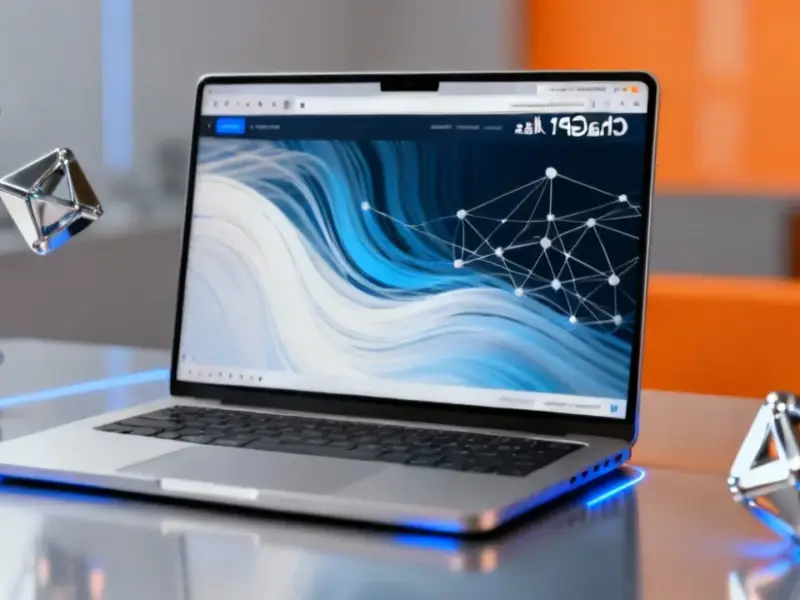According to PYMNTS.com, Estée Lauder partnered with Microsoft to create a digital operating platform that uses generative AI to produce ad copy and visual content, cutting production timelines nearly in half while improving advertising ROI by 31%. Ulta Beauty uses machine learning for its loyalty and personalization systems, achieving a 95% repurchase rate among returning customers. L’Oréal CEO Nicolas Hieronimus calls it “a revolution in augmented beauty” as the company analyzes millions of customer selfies for real-time shade and skincare recommendations. Perfect Corp and Madison Reed deploy “agentic AI” for autonomous tasks like formulation adjustments and inventory planning. A separate PYMNTS study found 70% of Gen Z shoppers say personalization drives their purchasing decisions, while independent beauty startups report nearly 75% of orders now come through virtual try-on features.
The AI Makeover Is Real
What’s fascinating here is how AI is becoming the backbone of the entire beauty industry, not just a marketing gimmick. We’re talking about everything from supply chain forecasting to pigment consistency monitoring in production. Estée Lauder’s 31% ROI improvement on advertising isn’t just impressive—it’s the kind of number that makes CFOs sit up and take notice. And Ulta’s 95% repurchase rate? That’s basically every retailer’s dream scenario.
Beyond the Hype: How This Actually Works
Here’s the thing—this isn’t just chatbots answering basic questions. L’Oréal’s systems are processing millions of real-time skin analyses monthly, linking diagnostics directly to product matches. Perfect Corp’s generative AI creates instant looks from customer selfies, while Madison Reed’s AI monitors pigment consistency and automatically adjusts color formulations. It’s essentially creating a continuous feedback loop where customer data directly influences product development and inventory planning. Smaller brands like Beekman 1802 are using these same tools to create personalized education content without needing massive data teams.
The Inclusivity Problem
But there’s a catch, and it’s a big one. Vogue points out that many algorithms still struggle to recognize the full range of global skin tones. That’s a massive issue for an industry that’s finally starting to take inclusivity seriously. Brands are now prioritizing transparent data governance and fairness in model training, but the technology clearly has room for improvement. When your AI can’t properly analyze darker skin tones, you’re essentially excluding huge portions of your potential market.
Where This Is Headed
So what’s next? We’re moving toward connected systems that link consumer data, product R&D, and supply chain forecasting in real time. Nicolas Hieronimus at L’Oréal calls it “augmented beauty,” but it’s really about creating seamless experiences from discovery to purchase to repurchase. The brands that get this right will have a significant competitive advantage. And honestly, with 70% of Gen Z demanding personalization, they don’t have much choice. The question isn’t whether beauty brands should adopt AI—it’s how quickly they can scale it across their entire operation.




